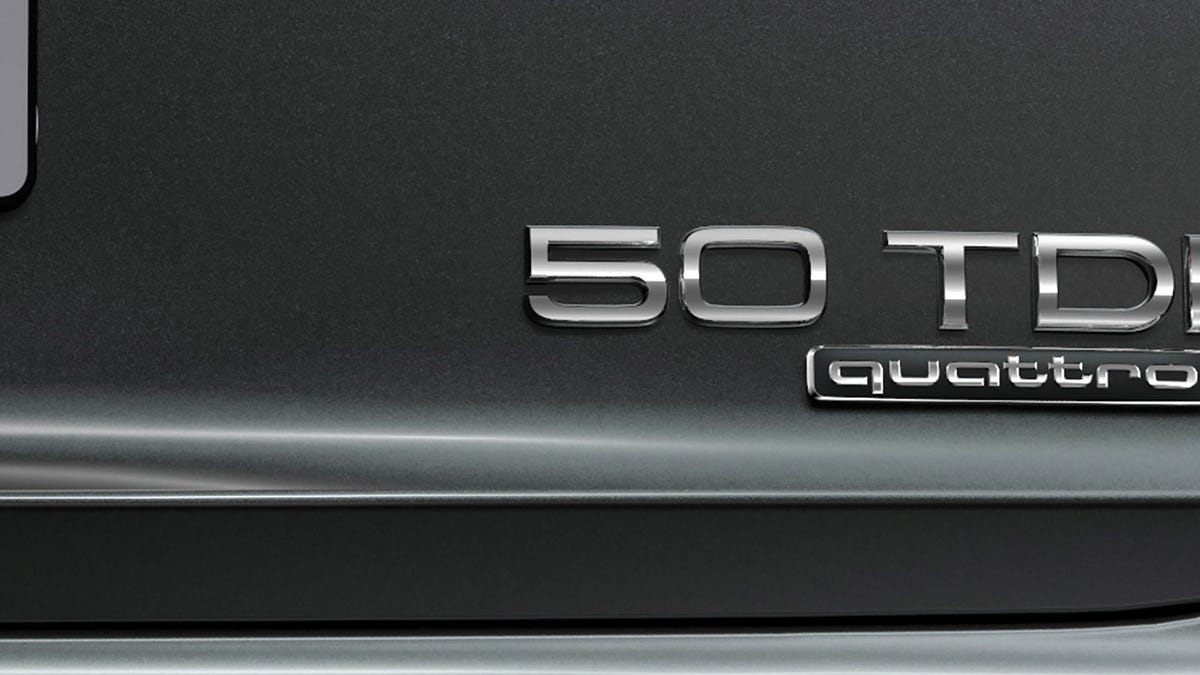Audi ditches displacement, creates arbitrary new badge scheme
Things used to make sense. Now they don't.

There used to be a time where you could look at a number on the back of a car and know what it meant. We no longer live in a world that simple, and Audi's decision to start using numbers just made the whole ecosystem even more complicated.
Starting with the 2019 Audi A8, new Audi vehicles will no longer use a two-digit badge denoting the engine's displacement. Instead, it will use a convoluted system of numbers that give owners an idea of how much power a car is making -- well, that's the idea at least.
Here's how it works. Cars with outputs between 109 and 129 horsepower will get a "30" badge on the back. Outputs between 227 and 248 hp will wield a "45" badge. It keeps going with "50" and "55" badges, eventually stopping at the top-tier "70" badge, which denotes an output north of 536 horsepower. Audi did not make mention of anything between "55" and "70," nor did it explain the power ranges behind those midlevel numbers. Great.
Now, instead of looking at the badge and knowing the car had a 3.0-liter engine, I can look at the badge and... sort of know how much power it makes within a given range? Great.
Don't worry, it gets more confusing, because there are exceptions. Both the S and RS performance models will retain their classic nomenclature. Confused yet? I sure am.
Audi's explanation for this change offers a bit of clarification: "As alternative drive technologies become increasingly relevant, engine displacement as a performance attribute is becoming less important to our customers," said Dietmar Voggenreiter, an Audi board member, in a statement. "The clarity and logic of structuring the designations according to power output makes it possible to distinguish between the various performance levels."
So instead of using badges to denote engine size, Audi instead created a seemingly arbitrary set of numbers that applies to almost all its vehicles, even though most people will have absolutely no idea what "70" refers to. Audi could have thrown darts at a board to arrive at these numbers, for all I know. In what number system is 70 the highest? Wouldn't a scale of 100 make more sense?
Either way, this is your new future, folks. Audi will roll these badges out on new models throughout 2018, and it will change current models over to this new taxonomy next summer. If there is one glimmer of hope in this sad, strange story, it's that this change has not yet been confirmed for US-market vehicles.
There is precedent for this. A long time ago, the last two numbers of a BMW vehicle used to point to engine displacement -- it could be assumed that a 328i would have a 2.8-liter engine. Mercedes used to do that, too. Now, both of Audi's chief competitors use completely arbitrary numbers to denote positions within the lineup. Who's laughing at my numerology degree now, Mom?!

